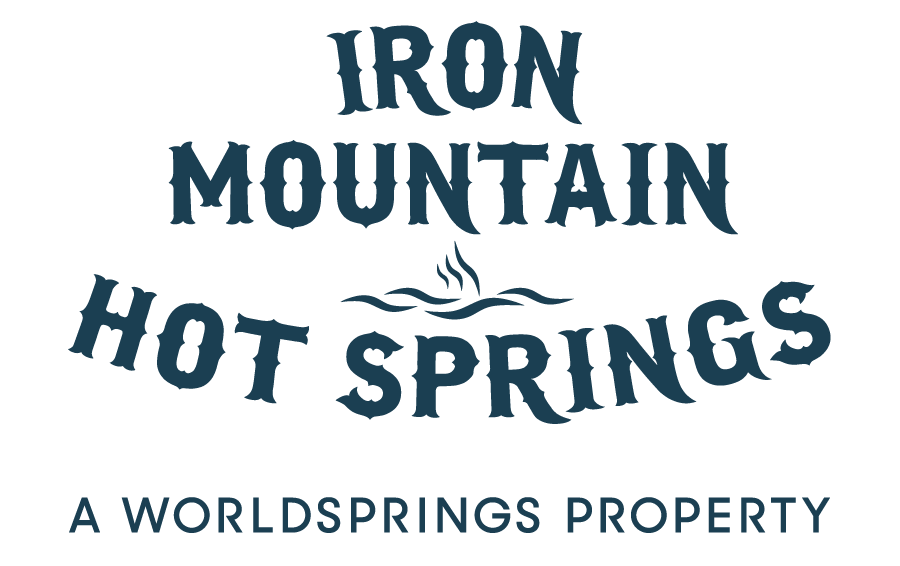
 Iron Mountain Hot Springs is now a National Natural Landmark. Combined with the unique ecosystems of the Glenwood Caverns, the geothermal hot springs at Iron Mountain were formed with exciting underground processes that show millions of years of geologic history.
Iron Mountain Hot Springs is now a National Natural Landmark. Combined with the unique ecosystems of the Glenwood Caverns, the geothermal hot springs at Iron Mountain were formed with exciting underground processes that show millions of years of geologic history.
“Glenwood’s caverns and hot springs are iconic Colorado treasures,” said U.S. Senator Michael F. Bennet. “I am pleased to see them recognized by Secretary of the Interior Deb Haaland as a National Natural Landmark and appreciate the Beckleys’ ongoing efforts to preserve these valuable resources for future generations.”
Historic and Geologic Significance Explained
Iron Mountain’s hot mineral springs are home to a diverse suite of microorganisms that live in extreme conditions (extremophiles), including 25 unique types of living bacteria. Collectively, Glenwood Caverns and Iron Mountain Hot Springs provide a unique record of the underground processes that reflect the evolution of the groundwater system in the Glenwood Springs area.
Around 2.5 million years ago, the bottom of Glenwood Canyon and the Colorado River were just above Glenwood Caverns. At that time the springs would have appeared at the surface just above the caves. Since then, the Colorado River has down cut around 1,300 feet and the springs have migrated to their present location, around 5,700 feet of elevation. The caves were formed by both carbonic and sulfuric acids, with water that ascended from a deep-seated source. This is the only known cave system in the Southern Rocky Mountains where this combination of natural processes occurs.
“We are honored by the National Natural Landmark designation and so happy to continue to offer guests the opportunity to experience these natural wonders,” said founder and owner Steve Beckley. “We will continue to preserve the integrity of the cave ecosystem; it’s a responsibility we take seriously.”
 About the National Natural Landmark Program
About the National Natural Landmark Program
The National Natural Landmarks (NNL) Program was created in 1962 to identify, recognize and support the conservation of sites that represent the natural heritage of America. The program now includes a collective of more than 600 designated sites that contain outstanding examples of biological or geological features. Landmark sites are deemed nationally significant based on their outstanding condition, illustrative character, rarity, diversity and value to science and education.
The National Park Service works in partnership and alongside landmark owners and managers to recognize and support conservation of nationally significant sites that illustrate the rich and diverse tapestry of America’s natural heritage. The naturally beautiful formations that line the floors and ceilings of the caves and the rejuvenating geothermal waters of the hot springs are amazing to witness and experience in person.


